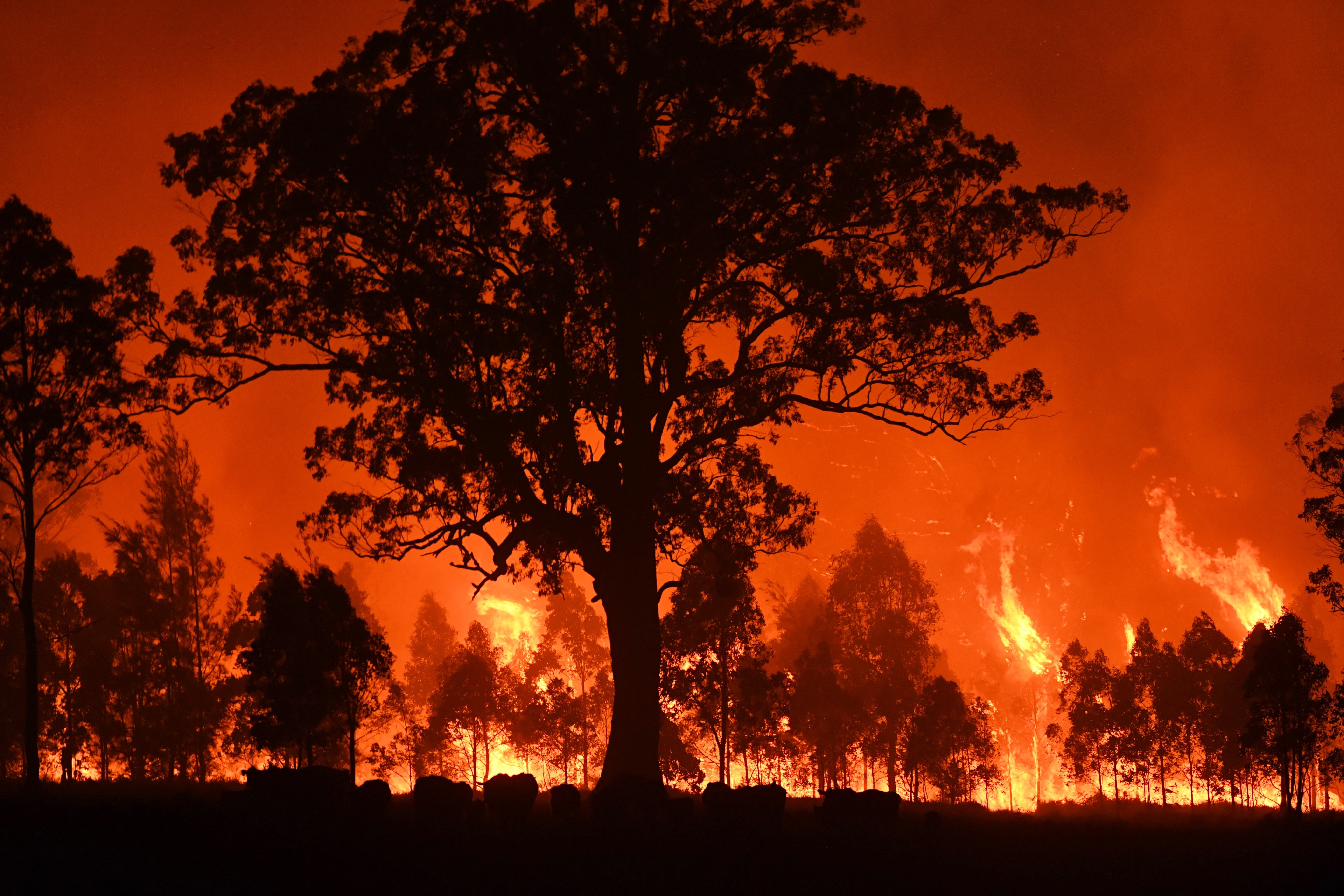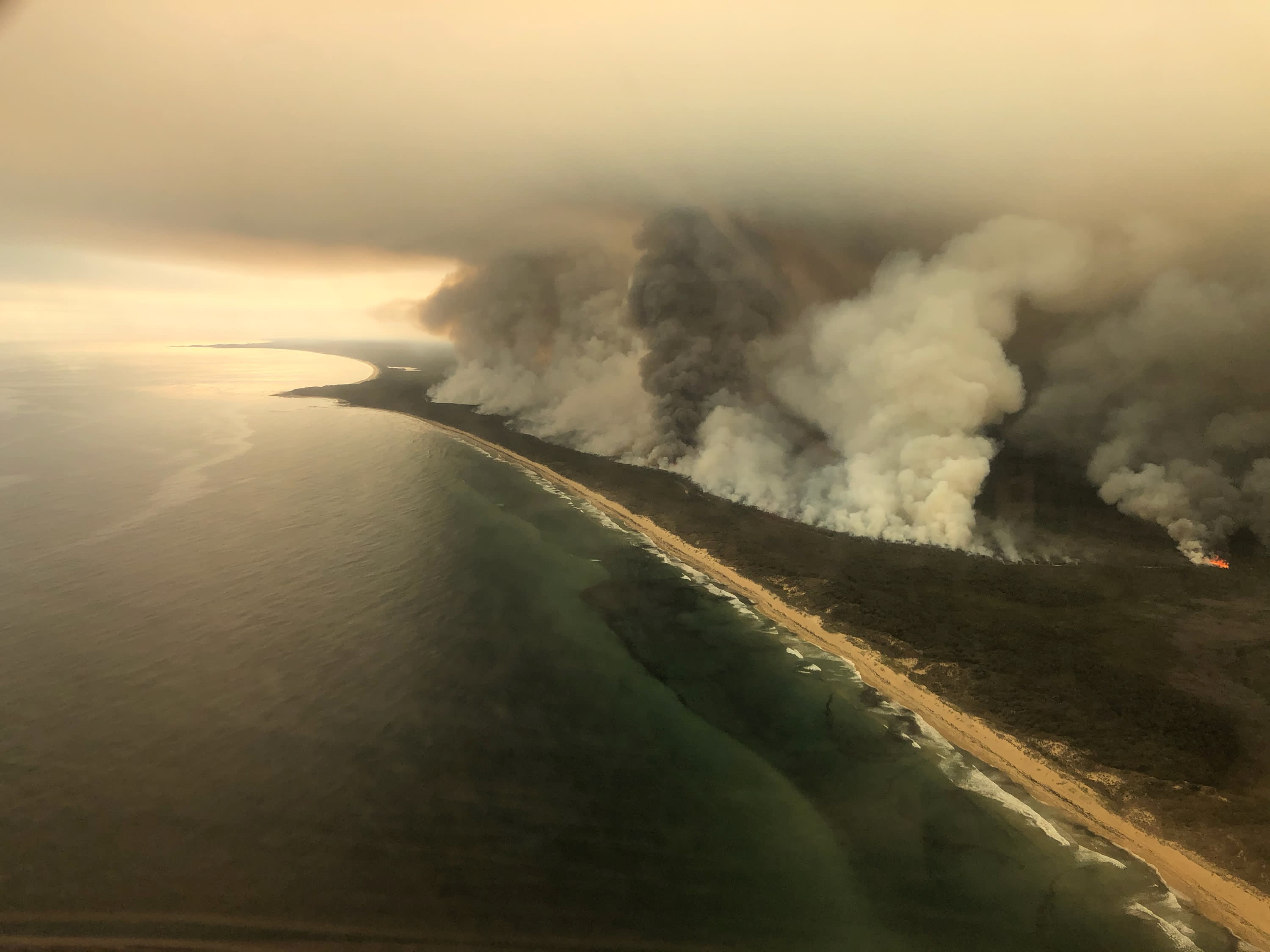Professional Advice on Bushfire Administration for Enhanced Fire Defense
In the world of bushfire management, the value of expert guidance can not be overemphasized. With the enhancing regularity and intensity of wildfires, it is critical to look for advice from those well-versed in the ins and outs of fire actions and mitigation strategies. From understanding the subtleties of bushfire behavior to executing useful procedures such as firebreaks and defensible rooms, there exists a wide range of knowledge that can considerably boost fire defense initiatives. The essential exists not only in the private components of fire monitoring yet also in their cohesive assimilation right into an extensive technique. By delving right into the know-how supplied in the following conversation, a clearer path towards bolstered fire protection can be brightened.
Recognizing Bushfire Behavior
To effectively take care of and alleviate the influence of bushfires, it is important to have an extensive understanding of bushfire habits. Bushfires are complicated natural sensations influenced by various elements such as weather conditions, topography, fuel tons, and human tasks. Comprehending exactly how these components interact is important in anticipating the actions of a bushfire, permitting much better planning and response approaches.
One secret facet of bushfire behavior is fire spread. By researching previous fire incidents and examining fire patterns, specialists can expect just how a bushfire could proceed under specific problems.
Additionally, comprehending ash assault, finding, and fire tries is vital in grasping the complete level of bushfire behavior. Ashes can travel lengthy ranges ahead of the fire front, firing up spot fires and posturing a substantial threat to properties. Fire whirls, on the other hand, can produce erratic fire habits, making the fire administration procedure much more difficult. By delving right into these details of bushfire actions, authorities can boost their readiness and action abilities, eventually reducing the influence of these destructive occasions.
Implementing Firebreaks and Defensible Rooms
Recognizing bushfire behavior is fundamental for successfully applying firebreaks and developing defensible rooms to improve fire protection. Keeping these firebreaks with routine cleaning of debris and plants is necessary to ensure their effectiveness during a bushfire event.

Effectively executing firebreaks and defensible rooms needs careful preparation, routine upkeep, and area participation to guarantee the highest degree of fire security for residential or commercial properties and lives in bushfire-prone areas.
Making Use Of Early Caution Equipments
Releasing advanced early warning systems is important for prompt discovery and informing of possible bushfire dangers. By using advanced modern technologies such as satellite tracking, climate sensors, and thermal imaging, authorities can effectively check fire-prone areas and discover ignition resources at the earliest stages. These systems can provide real-time data on fire intensity, actions, and direction, enabling punctual decision-making and fast deployment of firefighting sources to the affected locations.
Early warning systems additionally play a crucial function in informing residents and areas regarding foreshadowing bushfire dangers. Via automated alarms, text signals, call, and social media sites alerts, individuals can be quickly informed about evacuation orders, risk-free sanctuary areas, and emergency situation procedures. This positive method not only saves lives but also decreases property damage by guaranteeing that individuals have enough time to leave and secure their homes.
Developing Discharge Strategies
Effective discharge plans are important for ensuring the safety and security of homeowners in bushfire-prone locations. Developing well-balanced discharge methods is important in alleviating the risks presented by bushfires and protecting human life. These strategies ought to be thorough, considering numerous factors such as the topography of the location, the density of vegetation, and the most likely rate and instructions of the fire's spread.
When developing evacuation important source strategies, it is crucial to develop clear emptying routes and setting up points where homeowners can collect safely. These routes need to be routinely maintained to make sure availability during emergency situations. Furthermore, communication approaches need to be in area to alert residents of unavoidable risk and provide clear guidelines on emptying procedures.
Cooperation in between regional authorities, emergency situation services, and community participants is crucial in creating reliable discharge plans. When a bushfire threatens the location, regular drills and workouts ought to be performed to familiarize homeowners with the treatments and make sure a swift and arranged evacuation (Bushfire Management Plan). By focusing on the advancement of robust evacuation plans, communities can improve their resilience to bushfire emergencies and lower the potential effect on residential properties and lives

Participating In Neighborhood Readiness
In the world of bushfire monitoring, promoting neighborhood readiness plays an essential function in strengthening the durability of locals living in risky areas. advice Involving in area preparedness involves enlightening citizens on bushfire risks, advertising fire safety and security techniques, and establishing emergency plans collectively. By proactively including the community in readiness initiatives, individuals become more educated and encouraged to take proactive measures to secure their lives and residential properties throughout bushfire events.
Neighborhood readiness efforts commonly consist of performing fire drills, establishing interaction networks, and arranging training sessions on fire suppression techniques. In addition, motivating partnership among neighbors to produce a cohesive support system can significantly boost the total preparedness degree of a neighborhood. When homeowners are well-informed and furnished to react successfully to bushfires, the likelihood of lessening damages and guaranteeing safety and security increases significantly.
Final Thought
In conclusion, reliable bushfire management needs a detailed understanding of fire actions, the execution of firebreaks and defensible spaces, the use of early caution systems, the growth of evacuation plans, and area engagement in preparedness initiatives. By incorporating these methods, communities can improve their fire defense measures and lower the impact of bushfires on both residential property and lives. Bushfire Management Plan. It is vital for all stakeholders to collaborate to create a much safer atmosphere when faced with this all-natural calamity
To efficiently take care of and mitigate the influence of bushfires, it is necessary to have a detailed understanding of bushfire actions. By examining previous fire events and evaluating fire patterns, professionals can anticipate just how a bushfire could progress under specific conditions.Recognizing bushfire behavior is fundamental for properly implementing firebreaks and developing defensible rooms to improve fire protection. Engaging in neighborhood readiness involves enlightening homeowners on bushfire dangers, promoting fire safety and security methods, and developing emergency plans jointly.In conclusion, efficient bushfire administration requires a comprehensive understanding of fire behavior, the execution of firebreaks and defensible areas, the utilization of very early warning systems, the growth of evacuation plans, and area engagement in click for more readiness initiatives.